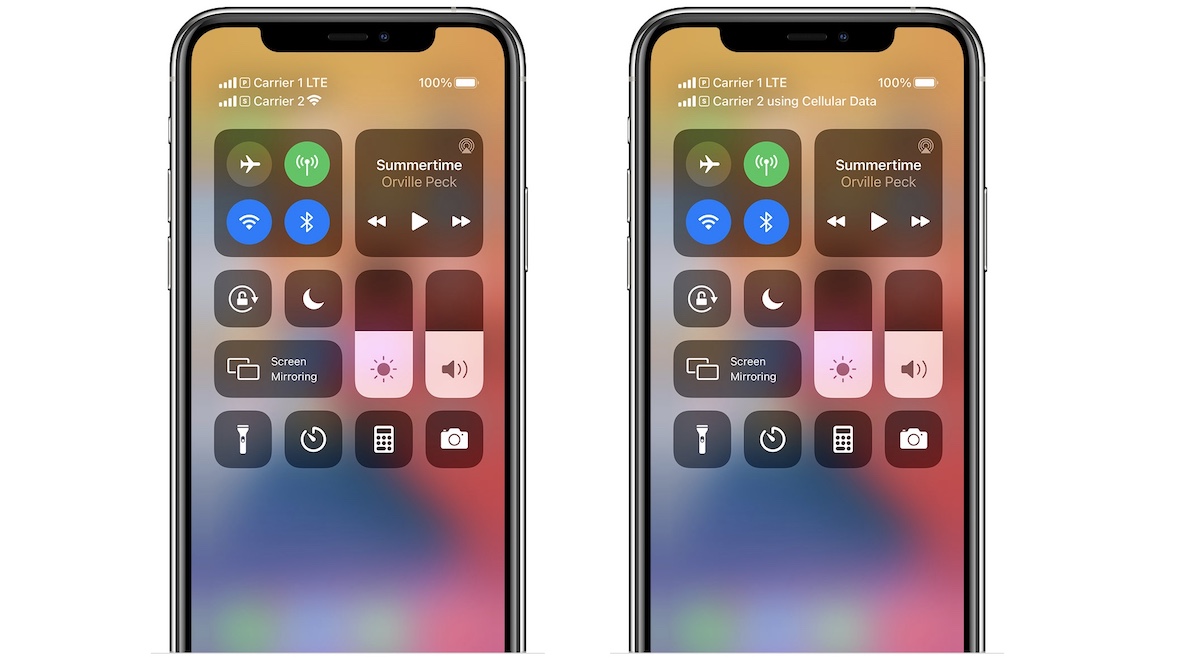The new iPhone 12 and iPhone 12 Pro lineup of smartphones all support a Dual SIM mode, with one nano-SIM and one eSIM. This allows users to use two numbers at one time, for example, one for work, and one for business. Here are all the details that you need to know about how it works.
iPhone 12 Dual SIM – All you need to know
Whether you buy an iPhone 12 mini, iPhone 12, iPhone 12 Pro, or iPhone 12 Pro Max, all these new smartphones will have support for Dual SIM. Appl has been supporting the feature since it launched iPhone XS, and even the cheaper iPhone SE has support for Dual SIM now.
When you have two numbers on your phone, it allows you to keep multiple data plans on your device, one of which can be from a different location so you can avoid roaming charges in case you travel often. You can even mix and match your local minutes and data plans in case you like them from different companies.

Like its predecessors, iPhone 12 uses DSDS (Dual SIM Dual Standby) technology which allows users to receive calls and text messages from both SIMs, however, only the data plan from one of the connections can be used at any given moment. If you have a cellular Apple Watch with an iPhone that utilizes Dual SIM, you can select which cellular network is used on your Watch. Just like the iPhone, Apple Watch can only use one cellular network for a data plan at one time.
Using Dual SIM on iPhone 12 means that you need to subscribe to a carrier that offers eSIM. To see if the carriers in your current location offer eSIM, check out Apple’s support page.
It is important to note that iPhone 12 will not support 5G networking when used in Dual SIM mode, as discovered from an internal training document for retail employees. However, the good thing is that Apple will remedy this via a software update before the end of 2020.
iPhone 12 with two physical nano SIMs
Apple will also offer iPhone 12 lineup with Dual-nano SIMs, however, these devices are only sold in Hong Kong, Macao, and mainland China. Those models make it easier to just pop-in the SIMs from any carrier and use them normally, instead of relying on eSIM availability in your area. Many users tend to buy these phones from online retailers who import them from Hong Kong to sell in other countries.
2 comments
Comments are closed.